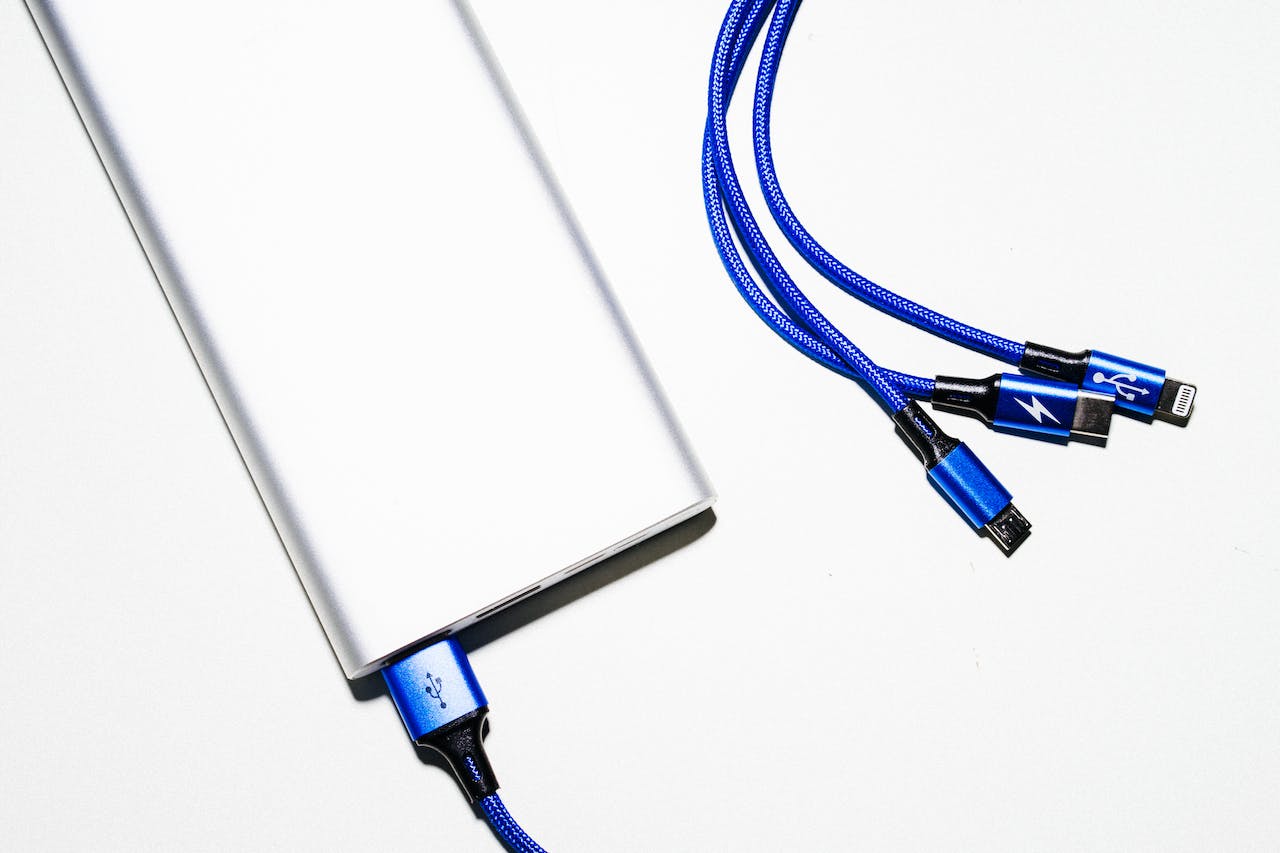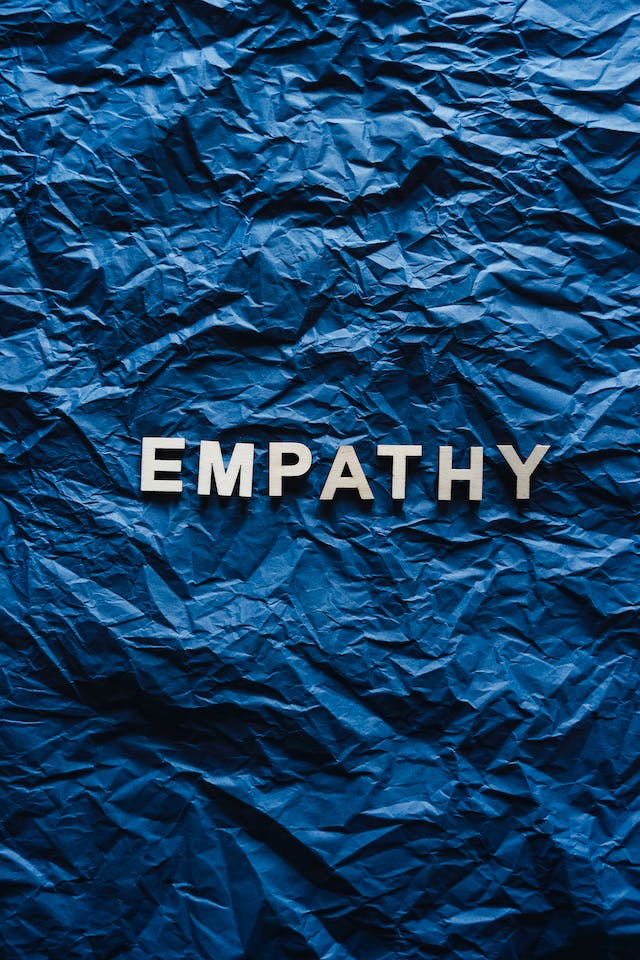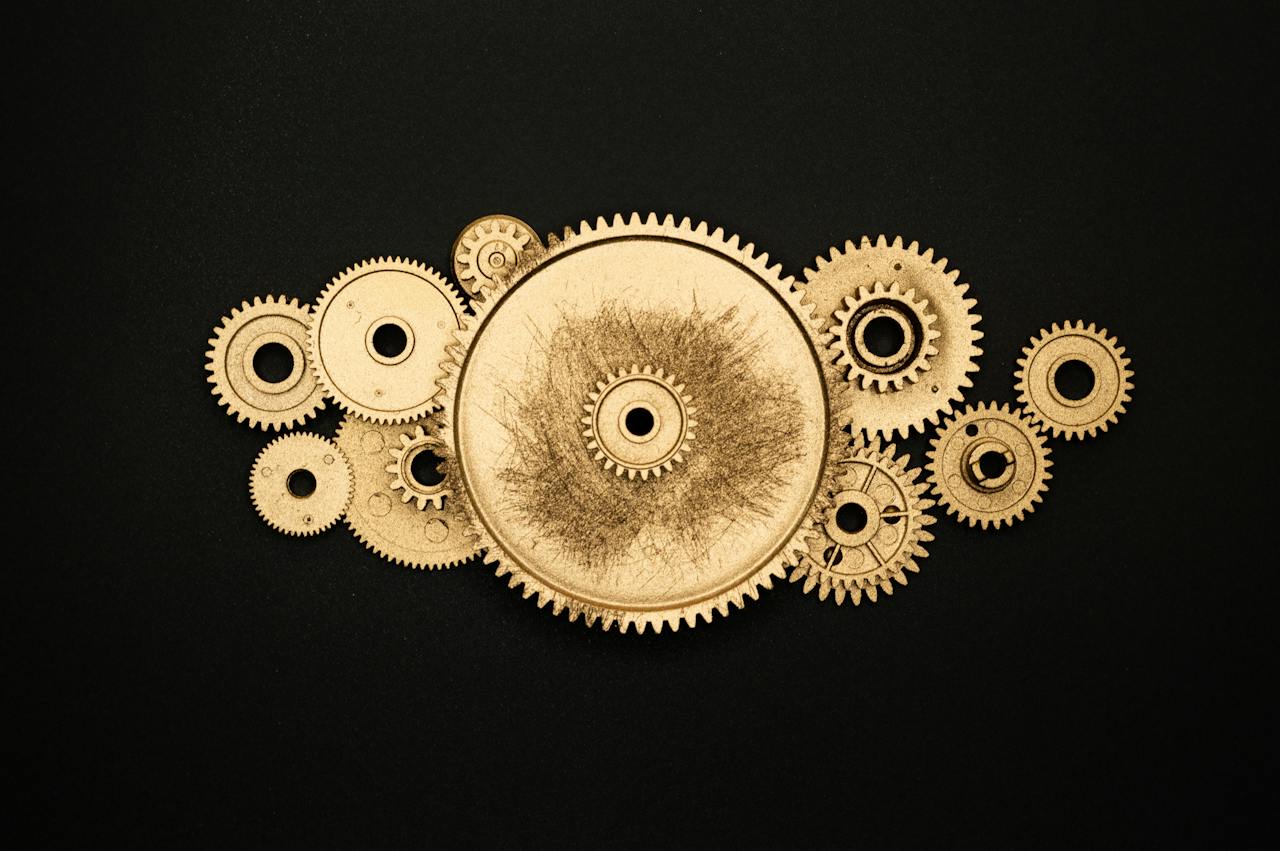Have you ever found yourself in that nail-biting last-minute hustle to meet a deadline? You’re not alone! Procrastination, the art of postponing tasks until the eleventh hour, has been a puzzling aspect of human behavior throughout history and takes us on unexpected detours.
The prefrontal cortex is like the superhero, trying to keep things in check. But here’s the twist –That’s the brain’s way of saying, “Hey, I like this!”
The allure of procrastination is deeply rooted in the complex workings of the human brain, that wonderful command center, navigating the intricate dance of decision-making and impulse control. When faced with a task, the brain undergoes a dynamic interplay of emotions, cognition, and motivation. The prefrontal cortex, responsible for executive functions such as decision-making and impulse control, our brain is also a fan of instant rewards. Let’s take a quick hit of joy from social media or a binge-worthy TV show. It often takes center stage in the battle against procrastination.
The brain’s reward system plays a pivotal role in individuals prone to last-minute efforts. The immediate gratification (leisure activities, social media, or other distractions trigger a release of dopamine, the neurotransmitter associated with pleasure and reward) overshadows the looming task. And guess what? Time suddenly becomes this elusive concept, making us think we’ve got all the time in the world derived from it. This surge of dopamine creates a temporary sense of satisfaction, momentarily overshadowing the impending task’s importance.
Conversely, the prefrontal cortex, responsible for rational decision-making, is often sidelined during the initial stages of procrastination. This cognitive shift results in a skewed perception of time, leading individuals to underestimate the effort required to complete a task and overestimate their future motivation.
As the deadline approaches, a surge of stress prompts the brain to shift into high gear. The amygdala, the brain’s emotional center, triggers a fight-or-flight response, releasing adrenaline and cortisol. This physiological reaction is when we go into hyperfocus, completing the task just in the nick of time. Phew
Understanding the psychology behind procrastination requires a closer look at the common traits and characteristics shared by people who find themselves consistently navigating the turbulent waters of last-minute efforts.
What type of Procrastinator are you? Let’s meet them all:
The Perfectionist Pals: Paradoxically, people with perfectionistic tendencies often succumb to procrastination. The fear of falling short of impeccability can be paralyzing, leading to delayed starts on tasks.
The Time Travelers: Procrastinators often engage in temporal discounting, prioritizing immediate rewards over future consequences, i.e., people who are mentally discounting the future. The allure of instant gratification from procrastination trumps the long-term benefits of timely task completion.
The Task Avoidance Champions: Procrastinators tend to avoid tasks perceived as unpleasant or challenging. Avoidance is their go-to move for comfort! This avoidance stems from a desire to escape discomfort. This strategy provides momentary relief but perpetuates the cycle of procrastination.
The Confidence Strugglers: People with low self-efficacy or a lack of belief in their ability to succeed may resort to procrastination as a defense mechanism. Delaying tasks serves as a preemptive shield against the perceived failure they anticipate.
The Time Jugglers: Procrastinators often struggle with effective time management. They measure the effort by “how long a task takes?” Difficulty estimating the time required for a task contributes to delayed initiation and a distorted perception of their ability to complete it.
Alright, now for the fun part: escaping the clutches of procrastination with a smile on your face. The Escaping Route:
Cultivate a mindset of mindful self-compassion. Acknowledge that everyone procrastinates at times and embrace imperfection. Self-compassion fosters a positive attitude, reducing the emotional weight associated with tasks. Implement structured planning by creating a detailed schedule for each task. Breaking down the work into specific time slots enhances organization and minimizes the risk of feeling overwhelmed.
Identify and challenge negative thoughts & emotions associated with that task. Procrastination often stems from irrational fears or beliefs about the difficulty, so reevaluate these thoughts and replace them with more realistic and positive perspectives.
Visualization can be a powerful tool in overcoming procrastination. Imagine the sense of accomplishment and satisfaction that accompanies task completion, and it primes the brain for success, making it more likely to engage in proactive behaviors.
Share your goals with a friend, colleague, or mentor who can provide support and hold you accountable. External accountability fosters commitment and reduces the likelihood of procrastination.
Procrastination, though deeply ingrained in human behavior, my friend, doesn’t have to be a dark force. Understanding the brainy bits, recognizing our procrastination quirks, and throwing in some friendly strategies can turn this procrastination tale into an adventure. Liberation from procrastination requires a combination of self-compassion, strategic planning, and the cultivation of a positive mindset. So, Let’s approach the challenge of procrastination not as an adversary to be conquered but as a puzzle to be solved, paving the way for a more empowered and efficient approach to task completion.








